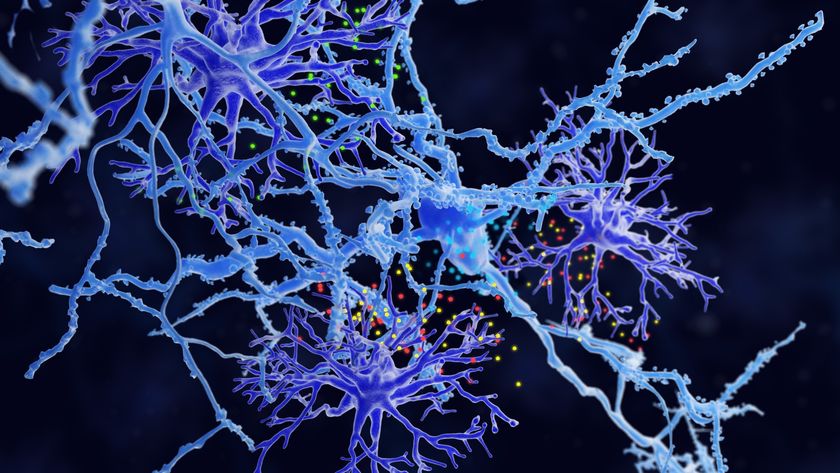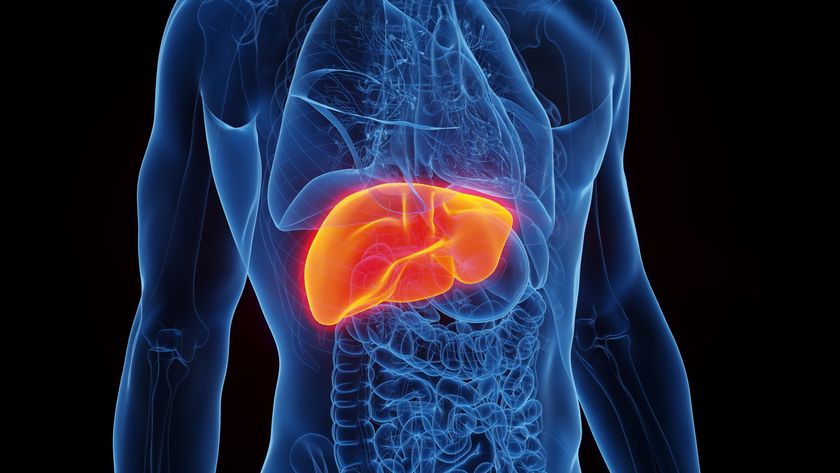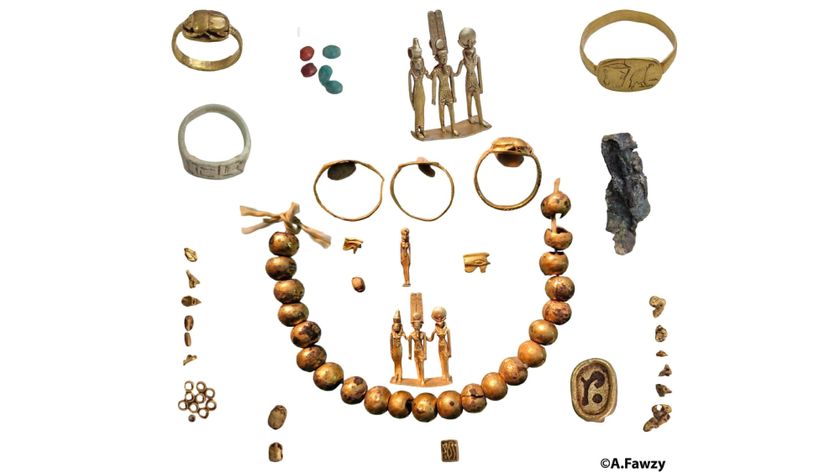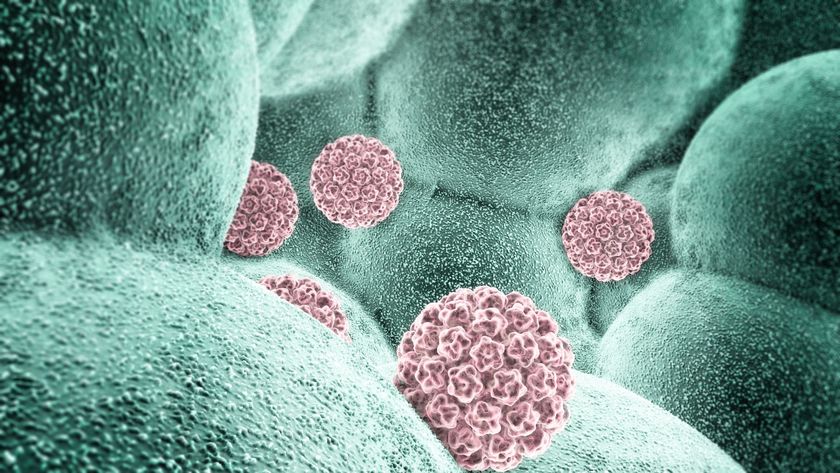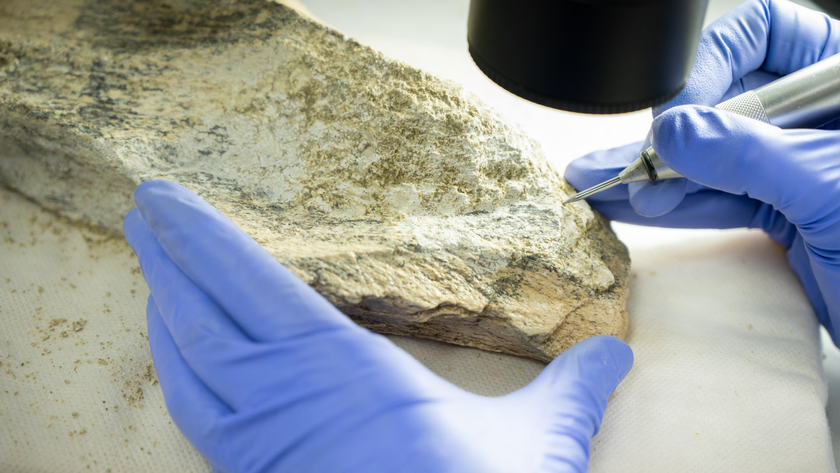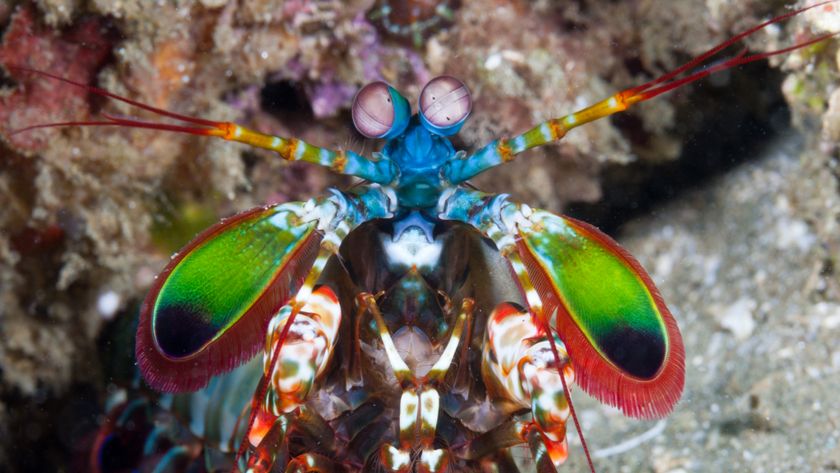Monkey's Robot Arm Feels Natural

Controlling a robotic arm with its brain, a monkey has managed to feed itself with flowing, well-controlled movements, scientists announced today.
Evidence shows that the monkeys come to regard the robotic device as part of their own bodies, the researchers said.
This advance could benefit the development of prosthetics for people with spinal cord injuries and those with "locked-in" conditions such as Lou Gehrig's disease, or amyotrophic lateral sclerosis.
"Our immediate goal is to make a prosthetic device for people with total paralysis," said Andrew Schwartz, professor of neurobiology at the University of Pittsburgh School of Medicine. "Ultimately, our goal is to better understand brain complexity."
In other studies, humans have used brainwaves to move computer cursors and even moved robots with their thoughts. In 2006, a teenager played a video game just by thinking.
But the challenge remains to create brain-prosthetic devices that feel truly natural.
Schwartz announced earlier progress on his work with monkeys in 2005.
Sign up for the Live Science daily newsletter now
Get the world’s most fascinating discoveries delivered straight to your inbox.
"Now we are beginning to understand how the brain works using brain-machine interface technology," Schwartz said. "The more we understand about the brain, the better we'll be able to treat a wide range of brain disorders, everything from Parkinson's disease and paralysis to, eventually, Alzheimer's disease and perhaps even mental illness."
The new work is detailed in the May 29 issue of the journal Nature.
Monkeys in Schwartz's lab are able to move a robotic arm to feed themselves marshmallows and chunks of fruit while their own arms are restrained. Computer software interprets signals picked up by probes the width of a human hair. The probes are inserted into neuronal pathways in the monkey's motor cortex, a brain region where voluntary movement originates as electrical impulses.
The neurons' collective activity is then evaluated using software programmed with a mathematic algorithm and then sent to the arm, which carries out the actions the monkey intended to perform with its own limb.
The primary motor cortex, a part of the brain that controls movement, has thousands of nerve cells, called neurons, which fire together as they contribute to the generation of movement. Because of the massive number of neurons that fire at the same time to control even the simplest of actions, it would be impossible to create probes that capture the firing pattern of each. Pitt researchers developed a special algorithm that uses limited information from about 100 neurons to fill in the missing signals.
"In our research, we've demonstrated a higher level of precision, skill and learning," explained Schwartz. "The monkey learns by first observing the movement, which activates his brain cells as if he were doing it. It's a lot like sports training, where trainers have athletes first imagine that they are performing the movements they desire."
- Top 10 Mysteries of the Mind
- Brain Power: Mind Control of External Devices
- Video: Wine Therapy for the Brain

